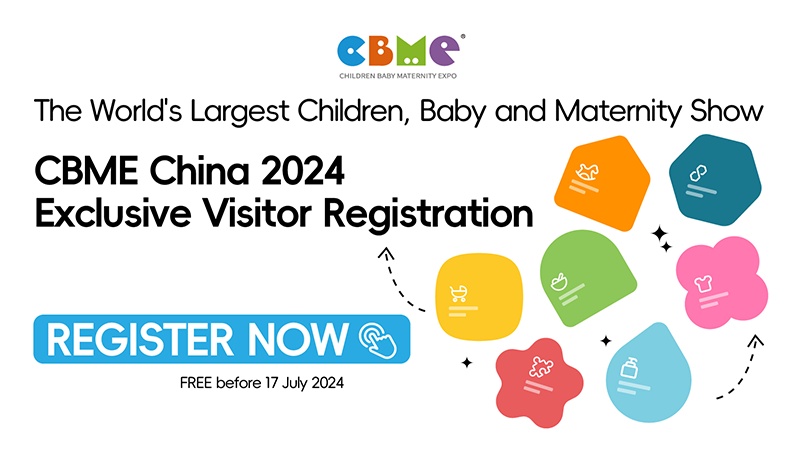Baby Product Manufacturing in China Industry Research Report
Source: PRWEB
The Baby Product Manufacturing industry in China produces a range of products, such as baby food, clothing, toys and skincare products. In the past five years, industry revenue has been increasing strongly at an annualized rate of 19.2% to $31.8 billion in 2013, says IBISWorld.
China’s family-planning policy makes the only child of the family more precious, which encourages parents to spend as much as they can on baby rearing. In addition, China’s growing economy has stimulated demand for baby products. In particular, higher living standards have created a stable foundation for medium and high-end baby products.
The Baby Product Manufacturing industry has a low concentration level, with the top four players – Pigeon , Zhejiang Beingmate Scientific Industrial Trade, Procter & Gamble, and Goodbaby Group – occupying 12.4% of total market share in 2013.
There are many small and medium enterprises operating in the industry manufacturing one or more types of baby products. Meanwhile, most well-established large enterprises in the industry have extensive baby product lines and possess wide distribution areas. There remains great potential for enterprises to create more up-market products and seize niche markets and to provide convenient one-stop services for customers. The concentration level of the industry is expected to rise, therefore, as enterprises enlarge their scale, enhance their comprehensive strength and enrich product variety.
Many foreign brands have entered the growing Chinese market and established branches and distribution networks. A majority of people, especially those in first- and second-tier cities, prefer foreign brands as they are regarded as safer and of higher quality. This consumer shift accelerated after 2007, when more than 10 domestic brands of milk powder were found to contain the contaminant melamine. Over the past five years, imports have been growing strongly.






